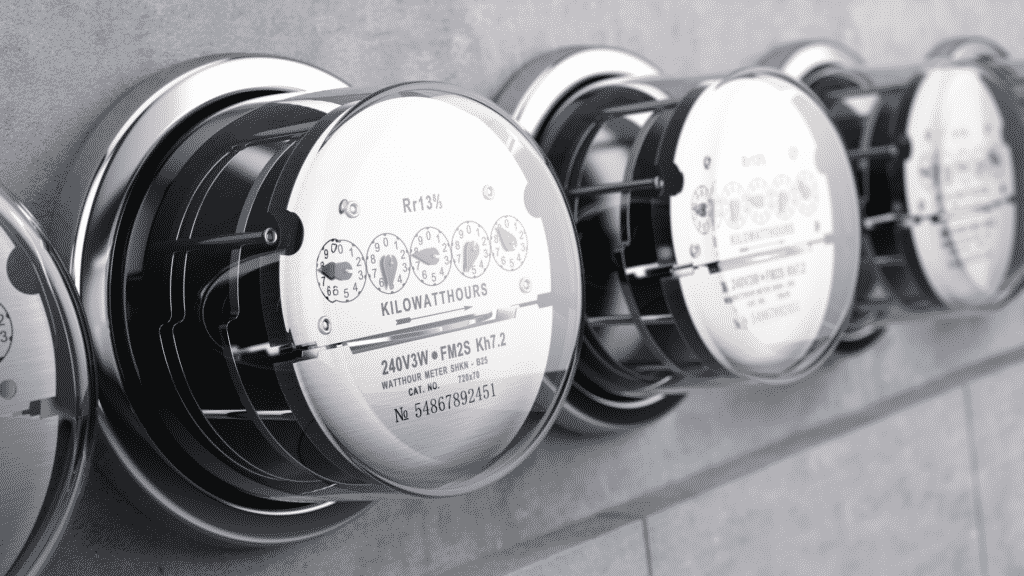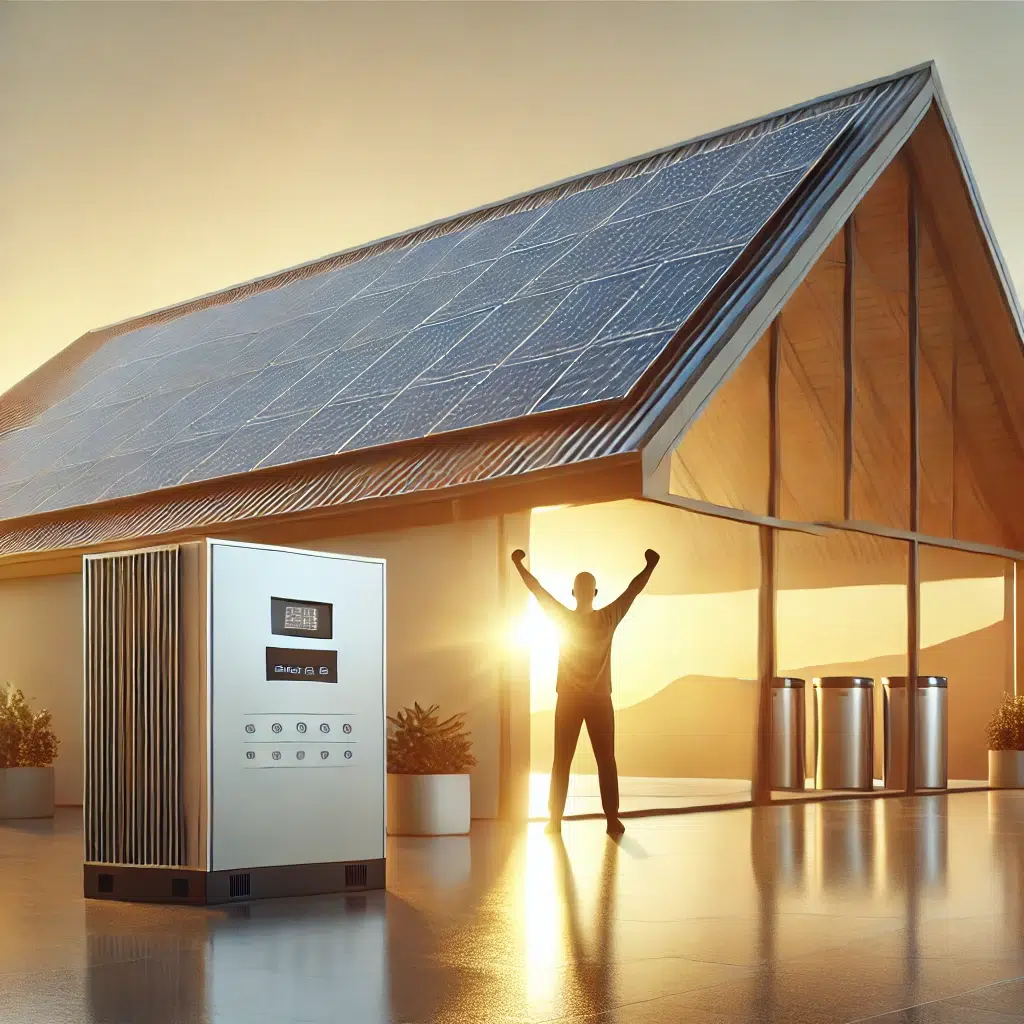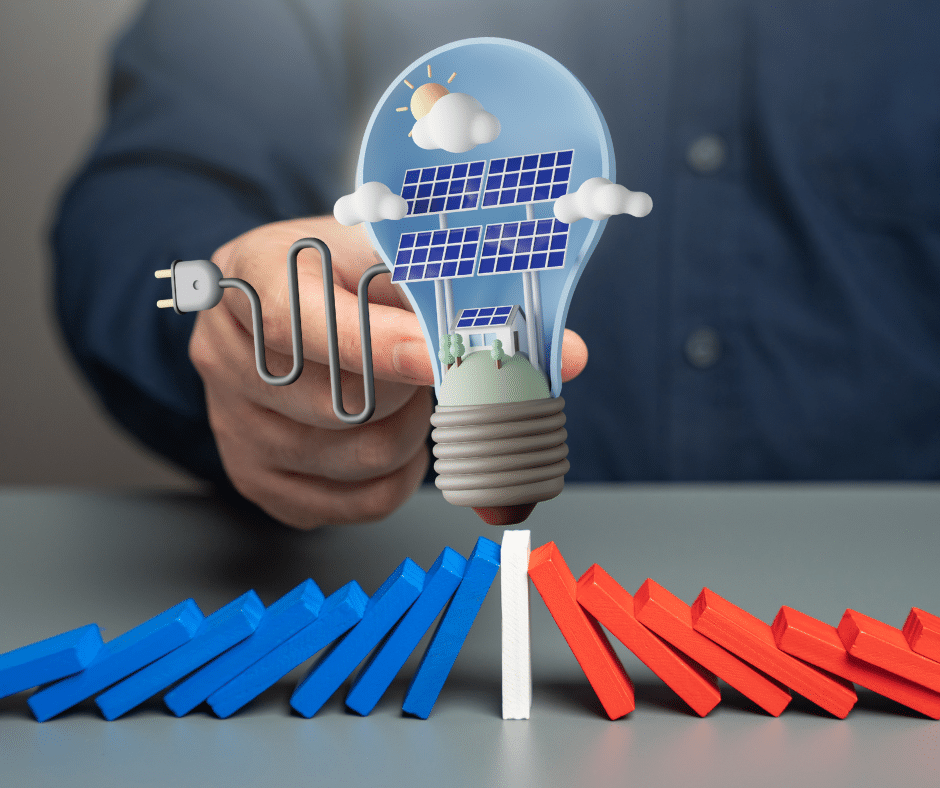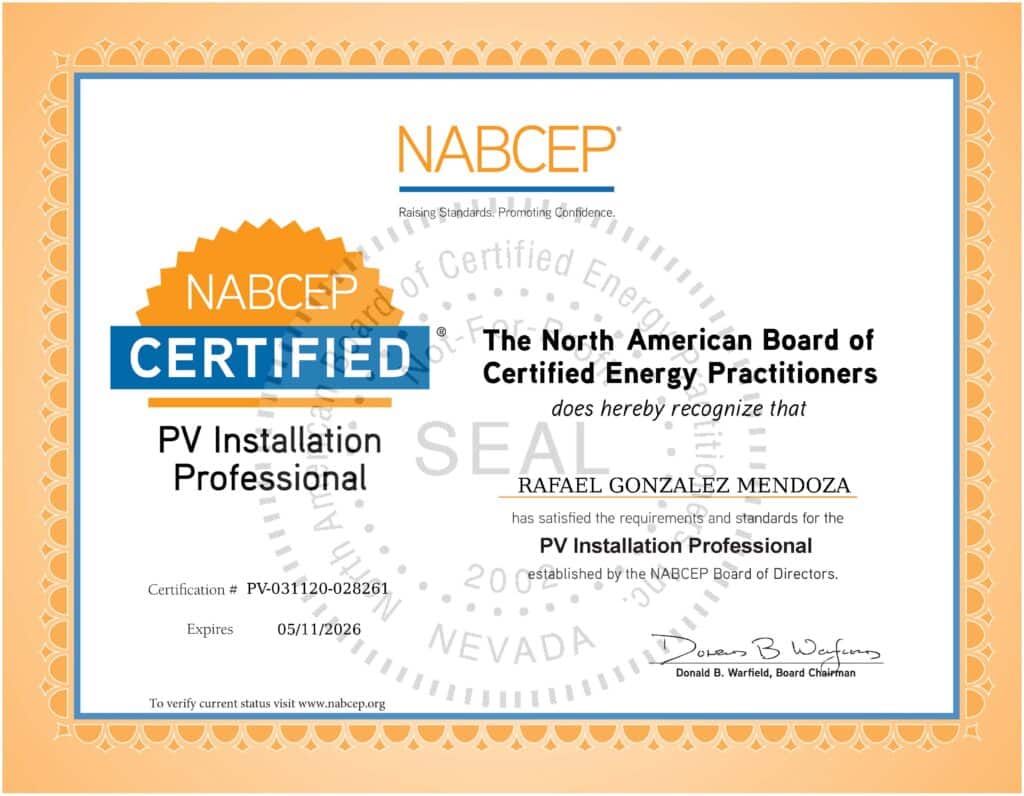This is the guide to truly understand your solar billing. It is exciting and relieving considering the benefits of cost-saving associated with going solar. For a Go Solar Power client running a solar energy system for their homes, two bills are sent – one from the provider of their solar loan, the other from the utility company.
With one reflecting your solar loan and the other a utility, it may not be very clear. This article will help you gain more insights into solar billing.
Home Solar System Connectivity
When you install a solar power system, it’s linked to your local utility or as it is more widely referred to, as the grid. This ensures that the system makes use of the utility connection.
Whenever there is low solar production due to adverse weather conditions, you can pull electricity from the grid. In addition, most utility companies also offer net metering, meaning you enjoy getting credits on your bills.
Electricity Bills after Going Solar
Bills from your utility company will continue to come mainly because you are still connected with the utility. Your consumption is critical in determining how much energy is offset by solar power.
With an efficient energy consumption strategy, you can minimize your bills to the lowest figure possible, but where you have installed power energy due to high consumption at your home, saving energy may be very minimal. It is therefore vital to pay attention to the following parts of your utility bills:
Constant Charges
These are flat-rate connection charges incurred due to the utility being connected to your home; they remain constant even if you go solar. Connection charges vary from Utility company to Utility company and from state to state.
Energy consumption charges
It reflects the usage of electrical energy with the associated costs. If you are already running a solar system, fluctuations in the costs will mainly be based on your consumption, including seasonality. Where there is credit for net metering, you can easily offset electricity bills with these credits.
Statment for Net Metering
This bill is only present if only your utility offers net metering (NEM) monthly. The charges include monthly/ yearly or both charges for NEM and the credits earned. The bill from NEM includes the excess amount of energy used considering the excess energy sent to the utility.
The True-Up Statement
It includes the amount of money you pay the utility company after 12 months for the energy used and is not offset by energy sent back to the utility. After 12 months, the excess credit counter is set to zero until 12 months lapse again. This statement is usually sent every year.
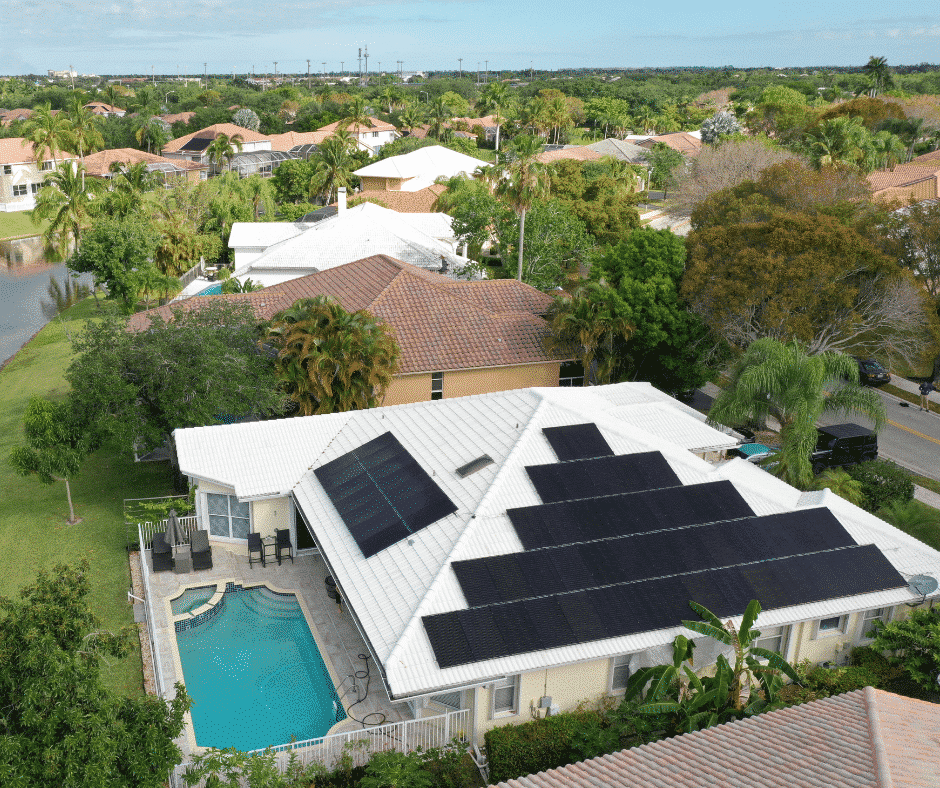

Save! Save! Save!
Want to know how much you save on electricity by going solar? Follow these steps.
- Check the amount of money spent on electricity before going solar for 12 months
- Check the amount spent for 12 months after going solar
- Compare the amounts and evaluate the amount of saving
- You can also use the same process for a monthly cost-saving evaluation
Suppose you engage Go Solar Power for clean energy installations. Your home energy needs will be evaluated in that case, and using energy-saving strategies like modifications, the best cost-efficient plan will be put in place for your home.
It's Time to Go Solar Power
Gaining control of energy costs is one of the essential things that every family dreams of acquiring. With solar energy, you are part of an environmental conservatism and beneficially clean energy at a low cost. With the best energy-saving strategies, you can enjoy the credits by minimizing your costs at the lowest cost possible. Make a move and contact us today, or call 800-530-9597 to get a custom quote for the next level transition of your home.


